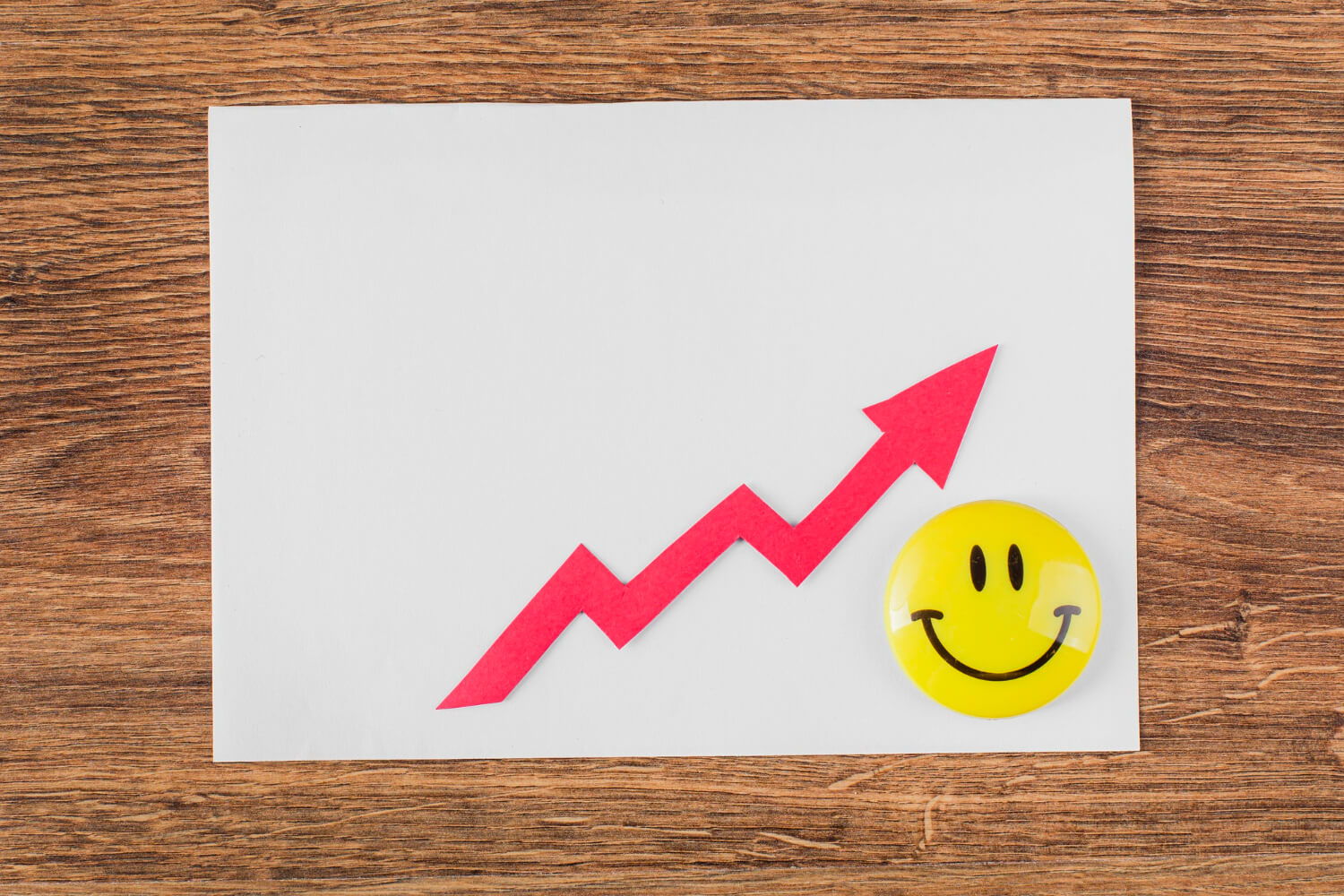
You've worked hard to get visitors to your website. You've invested in marketing, crafted what you believe is compelling content, and now the traffic is coming in. But you notice a troubling pattern in your analytics: a significant number of users land on a page and leave almost immediately without interacting further. This phenomenon is famously known as a "bounce," and understanding the metric used to measure it—the bounce rate—is one of the first steps toward diagnosing critical issues with your website's performance and user experience.
However, the way we define and measure this metric has evolved significantly. As we navigate 2025, simply knowing the old definition isn't enough. The introduction of Google Analytics 4 (GA4) has brought a more nuanced and meaningful approach to understanding user engagement.
This comprehensive guide will answer the crucial question, "What is bounce rate?" in the context of modern analytics. We will explore its new definition, uncover the common reasons why visitors leave your site, and provide a detailed roadmap of actionable strategies to fix a high bounce rate, turning fleeting visits into meaningful interactions.
The Evolution of Bounce Rate: Universal Analytics vs. Google Analytics 4
To grasp what bounce rate means today, it's essential to understand its history and the pivotal shift with Google Analytics 4.
The Traditional Bounce Rate (Universal Analytics)
For many years, in Google's Universal Analytics (UA), bounce rate was defined as the percentage of single-page sessions in which the user left your site from the entrance page without triggering any other requests to the analytics server. In simple terms, a user landed on a page and did absolutely nothing else on that page—no clicks, no form submissions, no navigation to another page—before leaving.
The problem with this definition was its lack of nuance. A user could land on a blog post, spend ten minutes carefully reading the entire article, find exactly what they were looking for, and then leave. In UA's eyes, this was a "bounce," the same as someone who landed, disliked the page instantly, and left after two seconds. This made it a potentially misleading indicator of website performance.
The Modern "Bounce Rate" in Google Analytics 4 (GA4)
Google Analytics 4 has fundamentally changed the game by retiring the old bounce rate metric and replacing it with its direct opposite: Engagement Rate. Bounce rate in GA4 is now simply the inverse of this new, more intelligent metric.
- Bounce Rate (in GA4) = 100% - Engagement Rate
So, to understand the new bounce rate, we must first define an "Engaged Session." GA4 considers a session "engaged" if the visitor does any of the following:
- Stays on the page for longer than a specific duration (the default is 10 seconds, but this can be adjusted).
- Triggers a conversion event (like a form submission or a purchase).
- Views at least two pages (i.e., navigates to another page on the site).
Under this new model, the user who spent ten minutes reading your blog post is now considered engaged, not a bounce. This provides a much more accurate and meaningful picture of whether your content is resonating with visitors. A high bounce rate in GA4 is a much clearer signal that users are not finding what they expected or are having a poor experience.
What Is a "Good" or "Bad" Bounce Rate?
This is the million-dollar question, and the answer is: it depends. There is no universal "good" bounce rate. The figure is highly contextual and can vary dramatically based on:
- Industry: A retail e-commerce site will have different benchmarks than a news publication.
- Page Type:
- Blog Posts & Articles: Often have higher bounce rates because users may find the answer to their question and leave satisfied.
- E-commerce Product Pages: A high bounce rate here is more concerning, as the goal is for users to add to their cart or explore other products.
- Landing Pages: Can have very high bounce rates if they are designed for a single action (like a quick sign-up) or very low rates if they successfully funnel users deeper into the site.
- Contact Pages: A user finding a phone number and leaving is a "good bounce"—a successful, efficient visit.
Instead of fixating on a single number, it's more productive to focus on trends over time and to compare pages against each other. If your key service pages have a significantly higher bounce rate than the rest of your site, that's a clear signal that something needs investigation.
Common Causes of a High Bounce Rate (The "Why")
A high bounce rate (or low engagement rate) is usually a symptom of a deeper problem. Here are the most common culprits:
- Slow Page Load Speed: In 2025, user patience is at an all-time low. If your page takes more than a few seconds to load, visitors will leave before your content even has a chance to appear.
- Misleading Title Tags and Meta Descriptions: Your page's title and description in the search results set an expectation. If the content on the page doesn't deliver on that promise, users will feel misled and bounce immediately.
- Poor User Experience (UX) and Design: A cluttered, confusing, or outdated design can overwhelm visitors. Difficult-to-read fonts, low-contrast text, and a chaotic layout are major deterrents.
- Not Mobile-Friendly: With a majority of web traffic coming from mobile devices, a website that is difficult to navigate or read on a smartphone is guaranteed to have a high bounce rate.
- Intrusive Pop-ups and Ads: Bombarding a user with large, disruptive pop-ups, video ads, or newsletter sign-up forms the moment they arrive creates a frustrating experience.
- Low-Quality or Irrelevant Content: If the content is poorly written, superficial, full of errors, or simply doesn't answer the user's question thoroughly, they have no reason to stay.
- Technical Errors: Broken links, images that don't load, non-functioning forms, or other technical glitches will quickly erode user trust and cause them to leave.
- Lack of a Clear Call-to-Action (CTA): If users don't know what you want them to do next, they are more likely to do nothing and leave.
How to Fix Your Bounce Rate: 9 Actionable Strategies (The "How")
Improving your bounce rate isn't about chasing a metric; it's about enhancing the user experience. Here are proven strategies to keep visitors engaged:
- Optimize Your Page Speed:
- Compress all images before uploading them.
- Leverage browser caching to help returning visitors load the page faster.
- Minimize your website's code (CSS, JavaScript, HTML).
- Invest in high-quality web hosting.
- Align Content with User Intent:
- Carefully craft your title tags and meta descriptions to be accurate, compelling, and honest representations of the page's content.
- Ensure the primary heading (H1) and opening paragraph immediately confirm to the user that they are in the right place.
- Improve Content Readability and Engagement:
- Break up long walls of text with clear, descriptive headings (H2, H3).
- Use short paragraphs and sentences.
- Incorporate bullet points and numbered lists to make information scannable.
- Add high-quality images, infographics, and videos to illustrate points and keep users engaged.
- Enhance Website Design and UX:
- Simplify your navigation menu so users can easily find other relevant pages.
- Use a clean, uncluttered layout with plenty of white space.
- Ensure your font choices are legible and the text has sufficient contrast with the background.
- Implement Strong, Clear Calls-to-Action (CTAs):
- Guide your visitors on their journey. Use compelling, action-oriented language on your buttons and links, such as "Download the Free Guide," "Shop Our New Collection," or "Request a Consultation."
- Perfect Your Mobile Experience:
- Use a responsive design that automatically adapts to any screen size.
- Regularly test your website's functionality and appearance on different mobile devices to ensure buttons are easy to tap and text is readable without zooming.
- Develop a Smart Internal Linking Strategy:
- Within the body of your content, link to other relevant articles, products, or service pages on your site. This encourages exploration and helps search engines understand your site's structure.
- Use Pop-ups and Overlays Intelligently:
- If you must use pop-ups, consider using exit-intent technology, which triggers the pop-up only when a user is about to leave. Ensure they are easy to close on all devices.
- Continuously Test and Refine:
- Use A/B testing to experiment with different headlines, CTA button colors, page layouts, and content formats. Let the data guide you on what resonates most with your audience.
Webxloo: Your Partner in Optimizing User Experience
Fixing the root causes of a high bounce rate goes beyond simple tweaks. It often requires a holistic approach to your website's design, development, technical performance, and overall user journey. Creating a seamless, engaging, and intuitive online environment is key to not only lowering your bounce rate but also achieving your core business objectives.
At Webxloo, we specialize in crafting websites built on a foundation of exceptional user experience. We understand that every element—from millisecond-fast page load speeds and intuitive navigation to clean, modern design and mobile-first responsiveness—plays a critical role in keeping visitors engaged. Our team of experts focuses on developing websites that guide users naturally toward their goals, incorporating clear calls-to-action and logical information architecture. By building a site that is both technically sound and genuinely user-centric, Webxloo helps businesses create a digital presence that doesn't just attract visitors, but captivates them, leading to higher engagement rates, more conversions, and sustained growth.
Conclusion: Focus on Experience, Not Just Numbers
In 2025, the answer to "What is bounce rate?" is more meaningful than ever. As the inverse of GA4's Engagement Rate, it serves as a clear indicator of user satisfaction. A high bounce rate is a red flag, signaling a disconnect between what a user expects and what your website delivers.
The ultimate solution is to shift your focus from simply lowering a number to genuinely improving the experience for every person who visits your site. By delivering value through fast performance, high-quality content, and an intuitive, user-friendly design, you will naturally encourage visitors to stay, explore, and engage. This commitment to user experience, potentially guided by a professional partner like Webxloo, is the most effective way to not only fix your bounce rate but also to build a successful and sustainable online presence.




 Phone Consultation
Phone Consultation
 Request a quote
Request a quote
 Text a Message
Text a Message